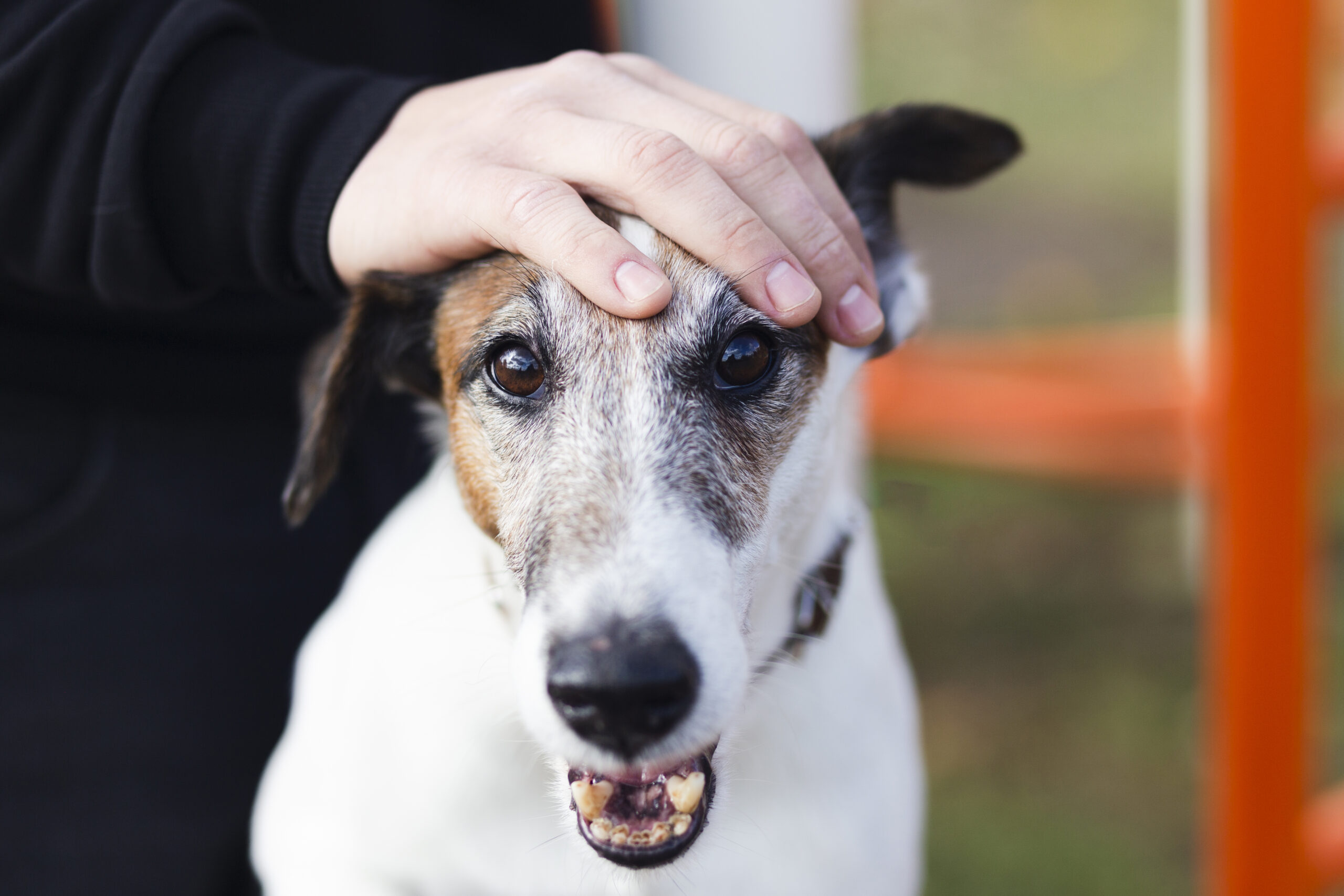Much like humans, dogs can have allergies that depend on the season. If your dog increases his scratching behaviour during the period of the season change, it is more than just a sign of random scratching; it is possible that the dog could be having seasonal allergies as well. While dogs are indeed capable of sneezing during the spring and fall, just like humans, they are equally at risk when it comes to irritants in the environment, which happens globally, in Toronto, Tokyo, Nairobi, or even Naples.
Global Triggers: A Common Phenomenon
Just like humans, dogs can suffer from seasonal allergies. The condition is also referred to as atopic dermatitis and is triggered by a host of factors, such as pollen, mould spores, dust mites, fungi that can be found in the air, and even bites from insects. Although, depending on the region, these factors can differ. In North America and Europe, pollen from trees significantly irritates people during spring. In the case of warmer areas of Asia, they have a monsoon mould which acts as an allergy stimulator. For sensible dogs, dust storms that occur in desert regions during the transitional months of the year can also pose serious problems because they are extremely sensitive. Wattle, along with ryegrass, is native to Australia, and so are many other plants that bring their own strains of allergic problems.
How Dogs Show Allergy Symptoms
Dogs are not like humans, as dogs do not sneeze or have watery eyes when they have allergies. Instead, it is shown through skin. The most notable symptoms include persistent scratching, licking, or chewing, especially within the confines of the paws, belly, and ears. Furthermore, inflamed skin is along with loss of hair or bald, elongated patches due to continuous irritation. Fleas are also a common problem, especially amongst breeds with flappy ears. From time to time, a few sensitive dogs will sneeze or develop a runny nose; however, skin problems remain the norm.
If your dog’s behaviour suddenly changes, here are some tips for Addressing and Correcting Common Behavioral Problems in Dogs that might help.
Diagnosing The Problem
Visit a vet as your first action if you show any allergy symptoms, as this will be the first step taken if a dog practitioner is consulted. There are some things that vets will examine before coming to a conclusion; they will check for food allergies, infections, and parasite attacks that could be causing identical symptoms. Deem worries from flowering allergies, and the vet may suggest undetermined skin tests, blood screenings, or even a diet where certain allergens are cut out to find the allergen. Remember that seeking help sooner catalyzes faster recovery. Also, maintaining your dog’s physical and mental stimulation can be beneficial.
Here are some Interactive Games and Activities to keep your Dog Entertained while they recover.
Treatment: A Multi-Layered Approach
Usually, more than one method is required when it comes to managing a dog’s seasonal allergies. Medications such as antihistamines or short-acting corticosteroids can quickly take care of itching and inflammation. Corticosteroids, however, need to be used with caution. More focused options like Apoquel or Cytopoint tend to relieve symptoms for longer periods of time and come with a lower risk. More serious cases may benefit from immunotherapy through allergy shots or sublingual drops, where the immune system is taught to become less sensitive over time to allergens.
Helpful tips to support treatment:
Track symptoms, noting when itching or flare-ups happen to spot seasonal patterns.
Rinse your dog after outdoor time to remove pollen and dust from the coat.
Keep paws clean, since allergens collect between the toes and often trigger chewing.
Follow medication schedules closely, even when symptoms seem mild.
Pair medicine with environmental control, like vacuuming and using HEPA filters.
Talk to your vet early, as quick action helps prevent infections and secondary issues.
Topical Care Matters
Allergic dogs need soothing, and topical care can help achieve that. Regular medicated baths, particularly with oatmeal or aloe vera shampoos, can help remove allergens while calming inflamed skin. After walks, hypoallergenic pet wipes serve to get rid of pollen, dust, and irritants lodged in fur and paws. Ear hygiene is very important with certain breeds during allergy season to prevent ear infections. In colder months, consider these Winter Exercise Ideas for Dogs to keep them moving without overexposure to allergens
Managing Their Environment
It is equally important to manage your dog’s environment as it is to manage their symptoms. Cleaning your home regularly by vacuuming, utilising HEPA filters, and washing your dog’s bedding can reduce allergens. Avoiding outdoor activities at peak pollen times (early mornings and windy afternoons) also limits exposure. Washing your dog with water after walks helps remove allergens from their coat. Furthermore, adding supplements such as omega-3s and probiotics may help improve skin, immune health, and skin barrier function.
If you’re considering lifestyle changes, Adopting a Dog with a lower allergy risk might be an option for some families.
Allergies Can’t Be Cured, But They Can Be Controlled
Seasonal allergies in dogs cannot be cured, but they can be managed with steady, consistent care. The key is understanding how your dog reacts during different times of the year and paying close attention to the patterns. When you know what triggers their symptoms, you can adjust routines, limit exposure, and use the right treatments to keep them comfortable. This might mean changing walk times, adding soothing skincare, or working with your vet to fine-tune medication.
Managing allergies is not a one-time fix. It requires staying observant, flexible, and willing to make small shifts in your dog’s daily life as the seasons change. With patience and the right support, most dogs can stay happy and healthy all year, even if allergies are part of their life.
Don’t Overlook the Signs
Many pet owners consider scratching, licking, or chewing as “just normal Dog Behavior” and fail to take action. These are signs that should give you concern. With the right care, plus the mental and emotional benefits of companionship, as explained in the health benefits of dog ownership you can help your dog live a happier, healthier life regardless of the season.
FAQ: Seasonal Allergies in Dogs
Q: Can dogs really have seasonal allergies?
A: Yes. Dogs can develop seasonal allergies triggered by pollen, mould spores, dust mites, and other environmental irritants.
Q: What are the most common signs of seasonal allergies in dogs?
A: The main symptoms are scratching, licking, chewing paws or belly, red or inflamed skin, bald patches, and frequent ear infections.
Q: How do vets diagnose seasonal allergies in dogs?
A: Vets rule out parasites, infections, and food allergies, then may use skin tests, blood tests, or elimination diets to find the allergen.
Q: What is the best treatment for dog seasonal allergies?
A: Treatment may include antihistamines, corticosteroids, Apoquel, Cytopoint, or allergy shots. The best plan depends on your dog’s symptoms.
Q: How can I soothe my dog’s itchy skin at home?
A: Medicated baths with oatmeal or aloe shampoo, hypoallergenic wipes after walks, and good ear hygiene can help reduce irritation.
Q: How can I reduce allergens in my dog’s environment?
A: Vacuum often, use HEPA filters, wash bedding weekly, avoid peak pollen times, and rinse your dog after outdoor activity.
Q: Can seasonal allergies in dogs be cured?
A: No. They can’t be cured, but they can be controlled with consistent care, proper treatment, and allergen management.
EXTRA:
Pawrpose AI is rethinking pet care, making it smarter, kinder, and more connected. No more guesswork about your pet’s health, at any age.
Read more here: Pawrpose AI












